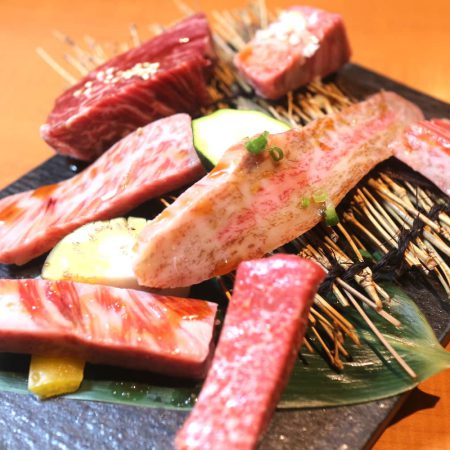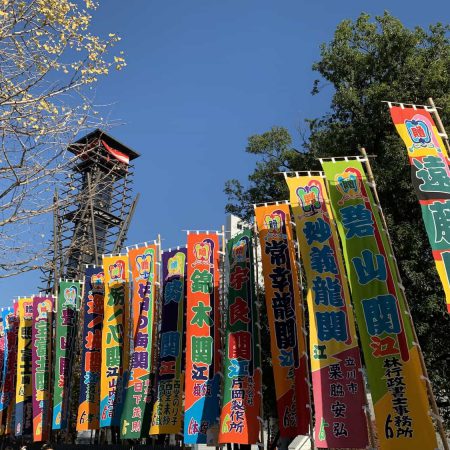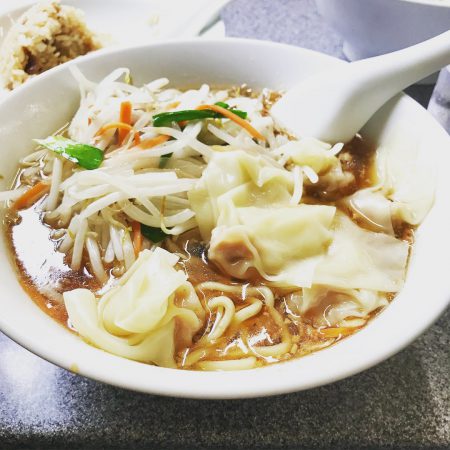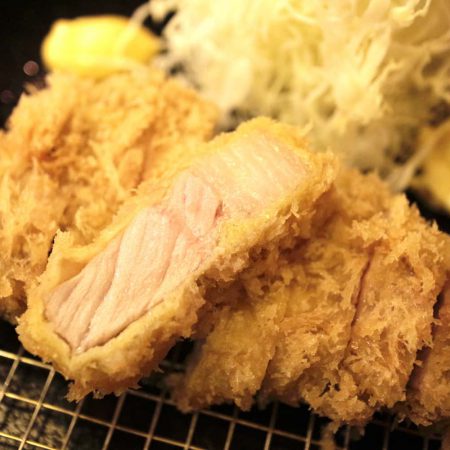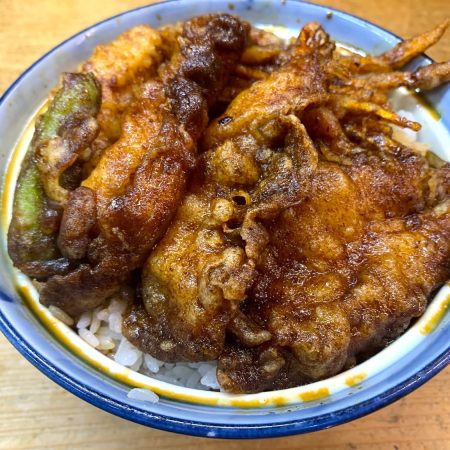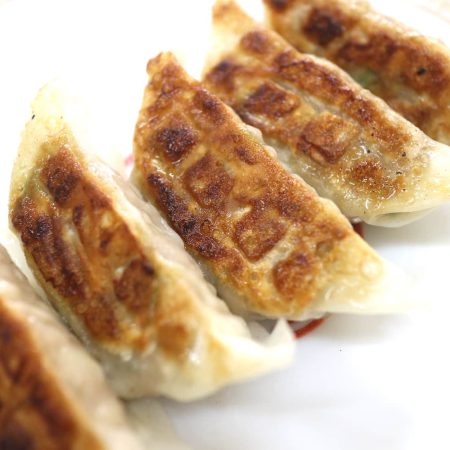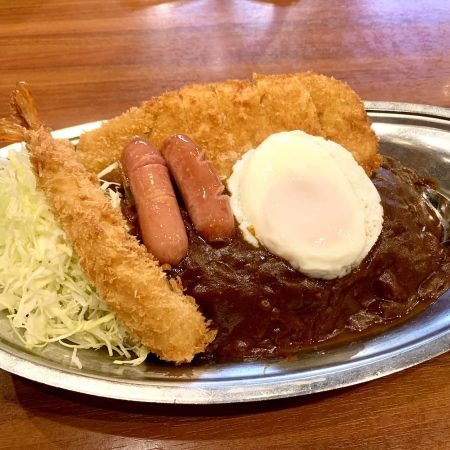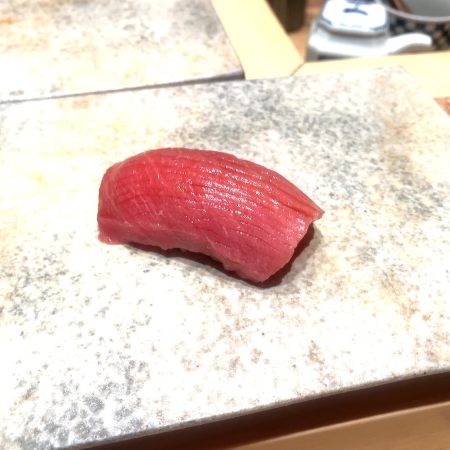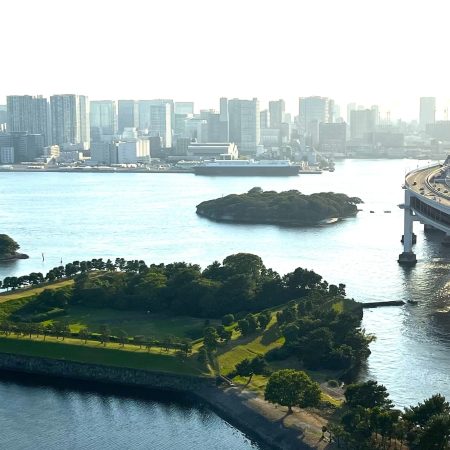Udon, a symbol of Japanese culinary tradition, is renowned for its cultural significance and adaptability. Rooted in history and connected to regional specialties like Sanuki udon, it exemplifies the diversity of Japanese cuisine. This versatile dish can be enjoyed in various forms—hot or cold, in soup or dry—with a variety of toppings and sauces. Customization options such as shichimi or grated ginger enhance its flavor, and it creatively complements dishes like tempura, sushi, or onigiri, showcasing its culinary versatility.
Crafted from wheat, water, and salt, udon stands out for its thickness compared to soba. Traditionally served in soups with diverse broths, the basic kake-udon, adorned with spring onions in a broth of soy sauce, mirin, and dashi, is a common delight. Toppings like shrimp tempura, fish cakes, or vegetables enhance this culinary experience. Unlike soba, cold udon takes center stage in the summer, paired with a dipping sauce or chilled broth. Notably, udon often graces the menus of soba restaurants.
In this article, Dishes Japan introduces the top 5 udon restaurants in Tokyo.
Udon Maruka (うどん 丸香)
Maruka in Tokyo’s Jimbocho district is a popular udon spot run by a chef from Kagawa Prefecture, known for udon. The menu offers traditional options, allowing customization with choices of temperature, broth, toppings, and sides. The freshly made, thick, square-cut udon noodles are served in a light broth. The restaurant may close when the daily noodle supply is depleted.
Udon Shin (うどん 慎)
Udon Shin in Shinjuku, Tokyo, is a hidden eatery specializing in handmade udon. The small, cozy interior offers six counter seats and two tables. Udon options include Zaru Udon, Kake Udon, and Bukkake Udon, served hot or cold with various toppings. They also offer soba with customizable toppings, including a popular chicken tempura option. Fusion options like a warm carbonara-inspired udon are available. The menu features English descriptions for each dish.
Kagawa Ippuku Kanda Honten (香川一福 神田本店)
Kagawa Ippuku, a renowned udon restaurant, has received the Michelin Guide’s Bib Gourmand award for three consecutive years. The establishment takes pride in on-site noodle making, focusing on achieving a unique “firmness” in their noodles. The meticulous process involves precise flour-to-water ratios adjusted daily, hand-kneading for gluten development, and a dedicated aging chamber. Boiling is done with care, avoiding shortcuts for a soft and fluffy texture. Only freshly boiled noodles are served, accompanied by an aromatic, rich broth crafted daily from premium ingredients sourced directly from Kagawa Prefecture.
Taniya (讃岐うどん谷や)
Taniya, a Sanuki udon haven, excels in authentic flavors through the traditional “Santate” method. The owner, trained at “Moriya” in Kagawa, offers an immersive experience with an L-shaped counter around an open kitchen. The signature “kake dashi” broth is meticulously prepared daily for over four hours, using natural ingredients like dried baby sardines, kelp, and bonito flakes. Taniya’s udon-making ritual, tailored to the season, produces favorites like the “Kashiwa Tempura Tsuke Udon” featuring chicken and vegetable tempura. The culinary experience can be customized with additional tempura toppings.
Musashino Udon Uchitateya (武蔵野うどん うちたて家)
Uchitateya, near JR Ikebukuro Station, offers Musashino Udon and Miso Nikomi Udon. Purchase tickets from a vending machine, with English menus available. Choose from five udon sizes. Musashino Udon features thick and chewy noodles served cold with hot dipping sauce. The menu includes Nikujiru Udon and eight other tsukemen style dishes, with a recommended option being the Pirikara Tsukune. Udon noodles can be adjusted to preferred softness. Miso Nikomi Udon comes in seven variations with a choice of red or white miso.


